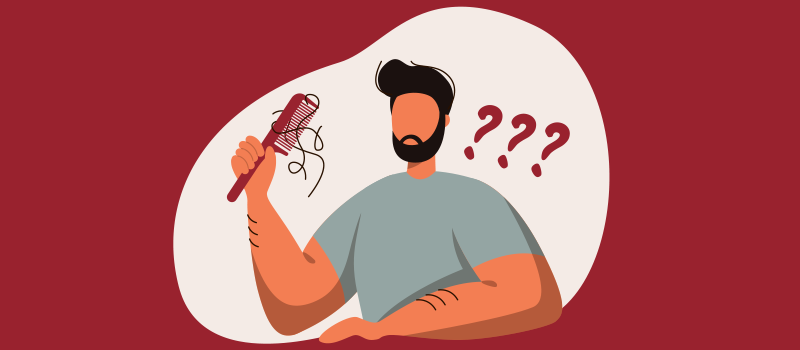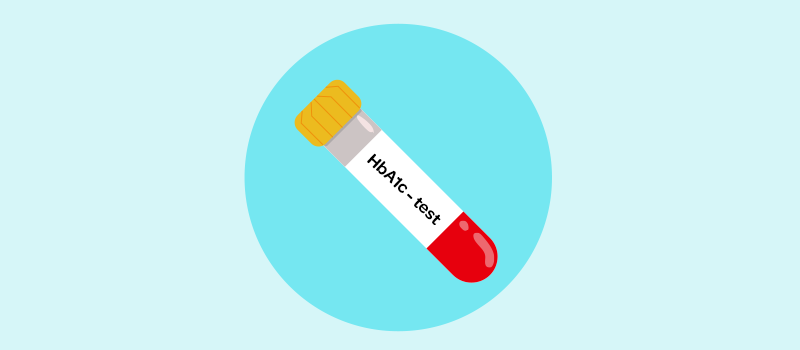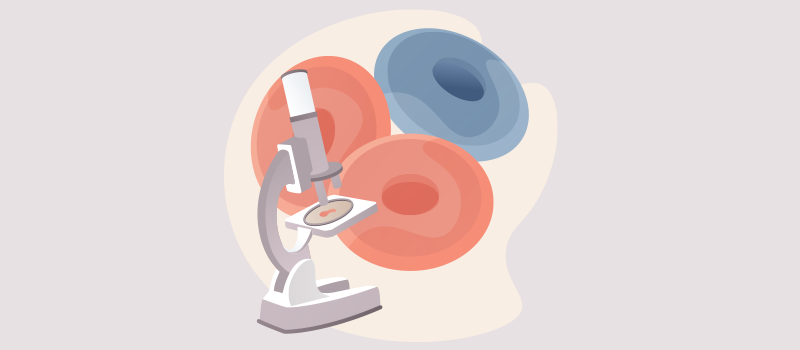What’s the Buzz
The Bee Healthy Blog
What is a Platelet-Rich Plasma (PRP) Injection Used For?

Platelet-rich plasma (PRP) is an injectable treatment that is a form of regenerative medicine. It uses the body’s ability to heal itself. PRP therapy is becoming increasingly popular and is being used to treat a host of conditions, ranging from hair loss to pulled hamstring muscles. Please continue reading to learn how PRP treatments work and what conditions they are used for.
What are platelet-rich plasma (PRP) injections?
Platelet-rich plasma (PRP) injections are done using your own blood to promote healing in diseased and injured tissues. The procedure involves taking a small sample of your blood and processing it in a special centrifuge machine to concentrate the platelets. The processed blood is then injected directly into diseased and damaged tissues.
The PRP preparation contains plasma and platelets without the other components of blood, such as white blood cells and red blood cells. Plasma is the clear, straw-colored liquid portion of blood. Platelets are a type of blood cell that help to form blood clots, stop bleeding, and release growth factors to heal wounds. Therefore, platelet-rich plasma is simply your own plasma with a higher concentration of platelets (platelet-rich).
Studies have shown that the increased concentration of growth factors and biological proteins at the injection site triggers cell reproduction and tissue regeneration. PRP injections can therefore speed up the healing process in injured tissue, reduce pain from soft tissue injuries, and even stimulate hair growth.
What is platelet-rich plasma therapy used for?
Musculoskeletal conditions
Platelet-rich plasma is used for treating degenerative tendinopathies, torn anterior cruciate ligament (ACL), torn tendons, tennis elbow, jumper’s knee, knee sprains, and chronic tendon injuries. A PRP injection can stimulate healing, decrease pain, and enable a faster return to activities or sports.
PRP injections have been used in sports medicine to build strength, increase range of motion and flexibility, improve balance and coordination, recover mobility, and regenerate injured cartilage.
PRP shots are also used to speed up the healing process after surgery on a torn tendon, ligament, or muscle, which usually takes a long time to heal. This can be especially important for professional athletes with muscle injuries. Tiger Woods and Rafael Nadal have both had PRP injections to accelerate healing time of acute sports injuries.
Osteoarthritis
There is some evidence that PRP injections can decrease pain and improve function in people with osteoarthritis, but further research is needed.
Cosmetic procedures
PRP therapy is used to treat female and male pattern baldness. The treatments can help prevent hair loss, promote the growth of new hair, and stimulate hair growth after hair transplant.
Platelet-rich plasma injections are also used to rejuvenate aging facial skin. The treatment is called a “vampire facial,” but there is little evidence to support that the growth factors in PRP injections can correct wrinkles or other signs of aging.
What are the risks of PRP treatment?
PRP treatments are generally safe when performed by a qualified and trained provider. The risk of an allergic reaction is low because the treatment uses your own tissues. Very rarely, PRP injections can lead to complications like bleeding, infection, tissue damage, or nerve injury.
How long does it take for a PRP injection to take effect?
The results of PRP treatment are usually noticeable several weeks after the injections are done for musculoskeletal conditions. Scalp injections to promote hair growth can take up to 6 months to take effect.
How long do platelet-rich plasma injections last?
The results of PRP injections are not permanent. The effects last for 6-9 months. Some people may require repeat treatments.
What is the success rate for platelet-rich plasma injections?
The success rate of PRP injections for hair growth ranges from 70-90%. However, the success rate of PRP injections for musculoskeletal conditions can vary widely from person to person. It depends on the severity of the injury, the body part being treated, and an individual’s response to the treatments. In general, PRP shots should not be viewed as a standalone therapy. They should be used along with standard treatments like physical therapy, medications, and surgery if required.
References:












SOCIAL